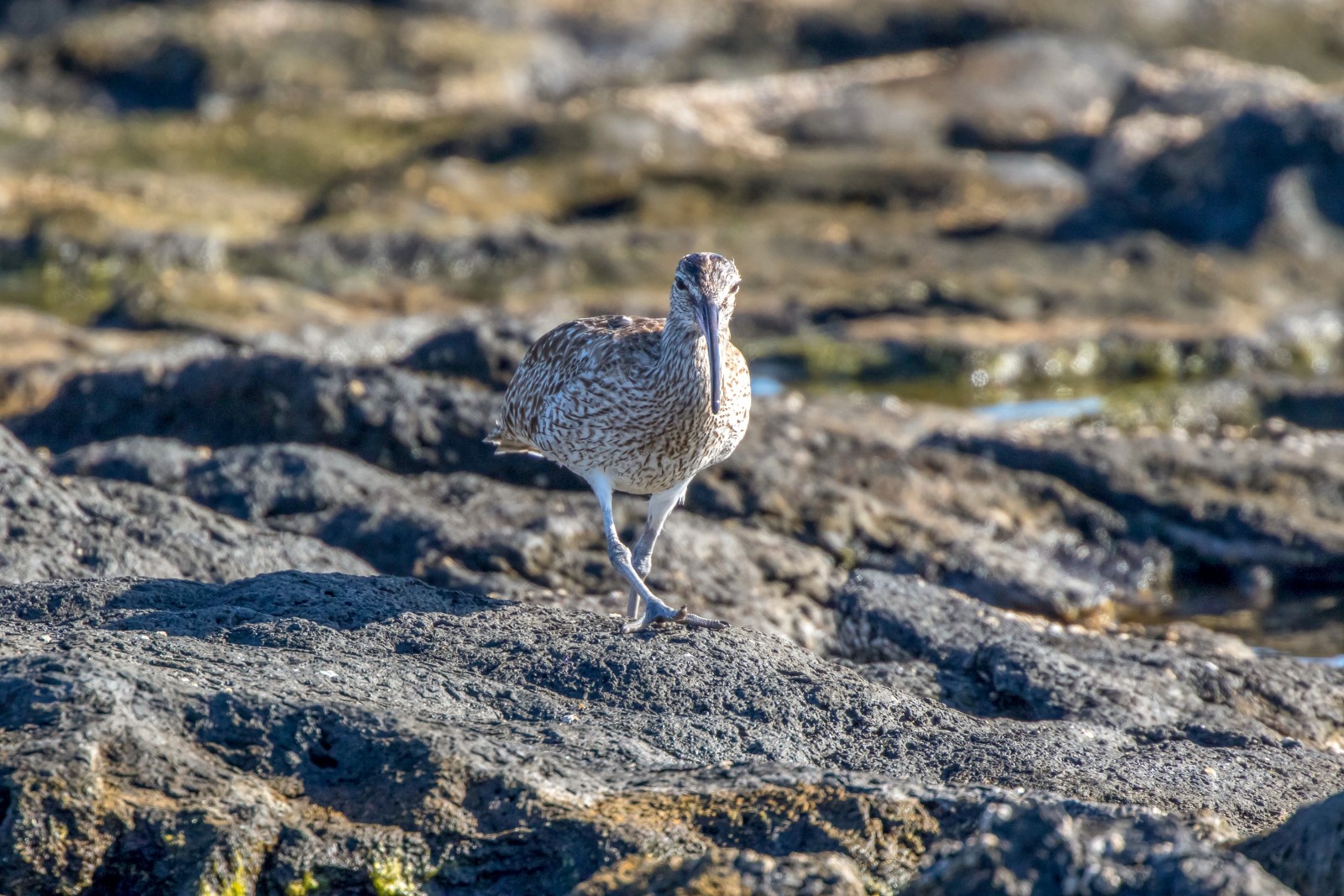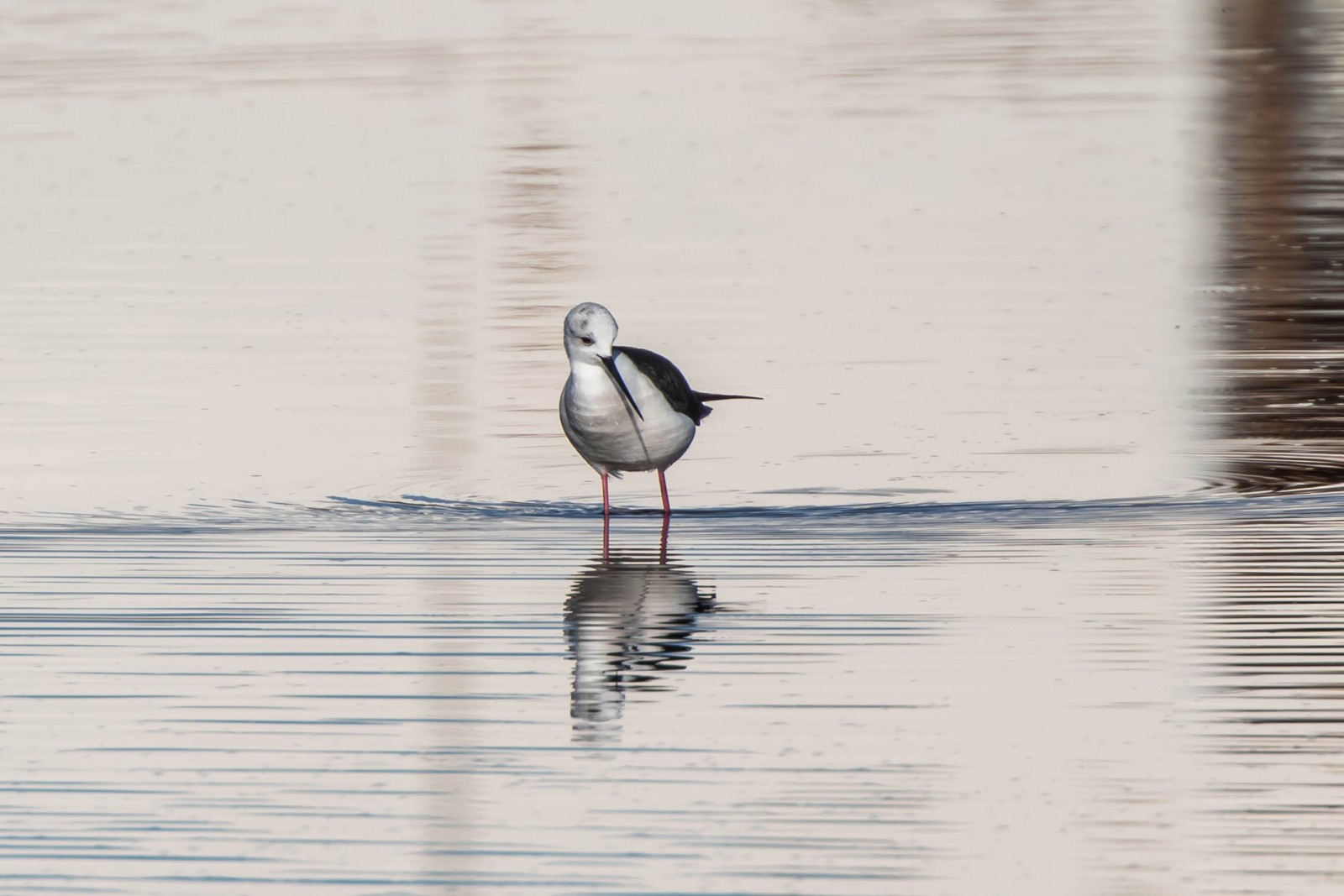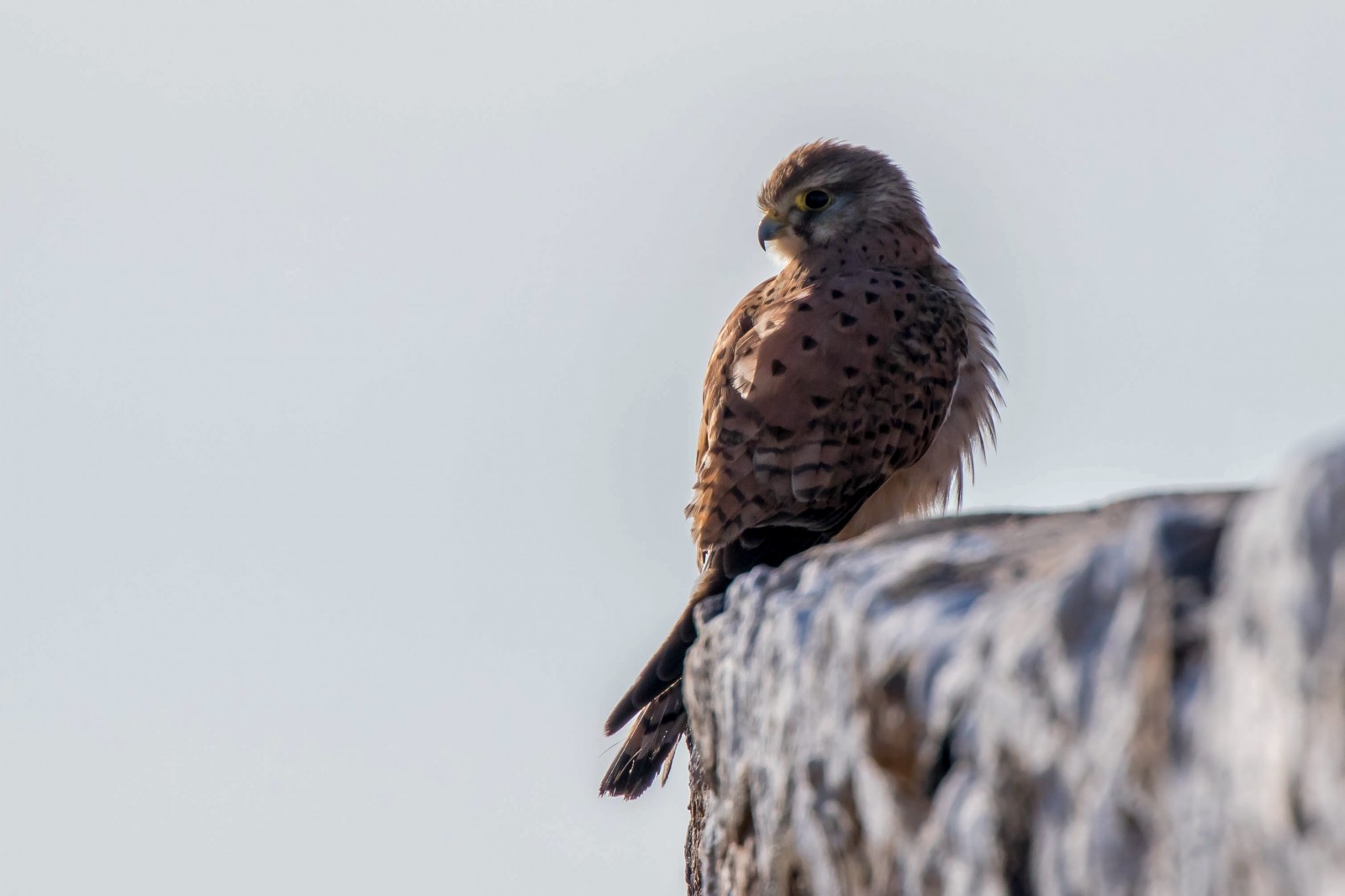Beschreibung
Salinas del Carmen has a working renovated salt pan museum ( Museo de la Sal), a few houses, a church and a restaurant which surrounds the fishing boat harbour and small beach. The sea reveals rock pools at low tide attracting wading birds and gulls. This is a known area for a pair of Wüstenfalke and can be visited in conjuction with Barranco de la Torre just a little further along the coastline. Typical birds here are Regenbrachvogel , Seidenreiher , Grünschenkel , Rotschenkel , Kampfläufer , Sandregenpfeifer , Flußregenpfeifer , Stelzenläufer , Mittelmeermöwe , Heringsmöwe to mention a few.
Details
Zugang
Reached from the main road FV2 just passed Caleta de Fuste signposted at the Museo de la Sal turn off but dont use their carpark unless you are entering the Museum, there is plenty of parking before the entrance or drive down to the beach and park.
Terrain und Habitat
Strand , Meer , Vereinzelte Bäume und Büsche , DünenBedingungen
Flach , RutschigRundweg
JaIst ein Spektiv nützlich?
Möglicherweise hilfreichGute Beobachtungszeit
GanzjährigBeste Beobachtungszeit
Winter , FrühjahrRoute
Normaler WegSchwierigkeitsgrad der Tour
EinfachErreichbarkeit
zu FußBeobachtungshütten oder -türme
NeinZusätzliche Informationen
Best visited at low tide when the sea has revealed rock pools which the wading birds explore for food. Entrance to the museum is €6, we didnt go in becuse its not why we were there, you can walk around the outside of the salt pans without going inside and also use the restaurant without paying to enter the museum which we did as the restaurant near the beach was closed.




